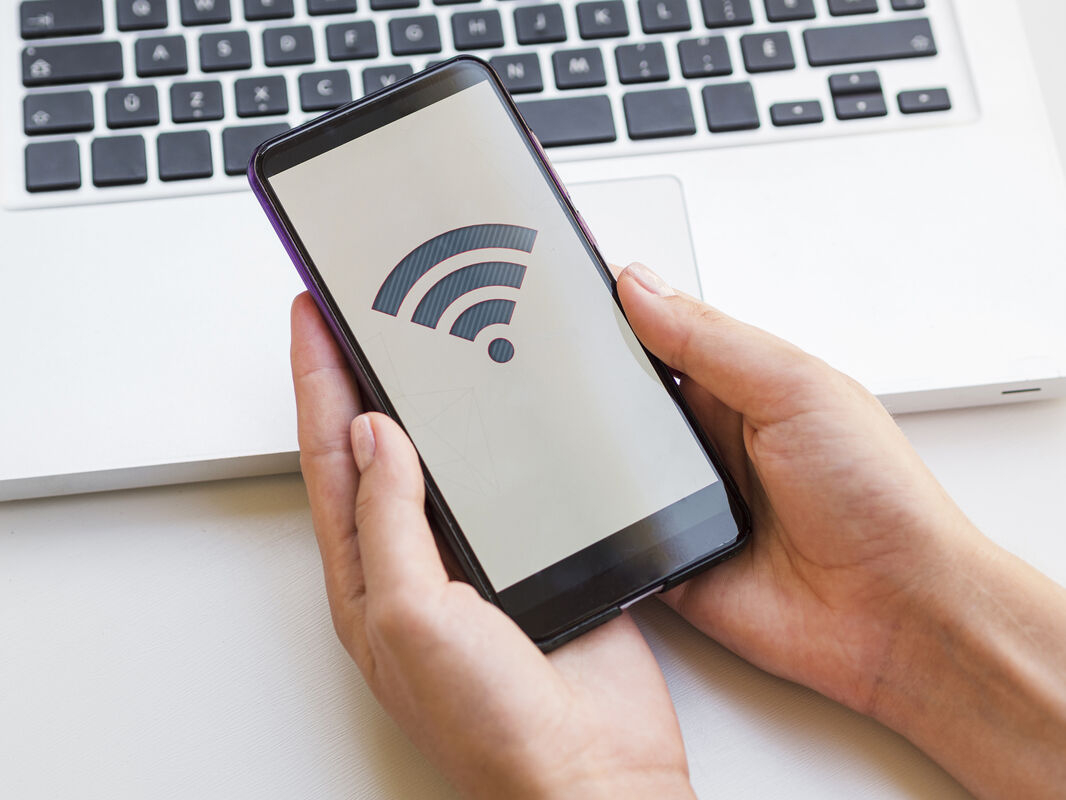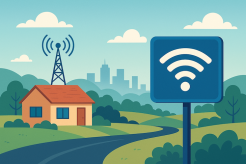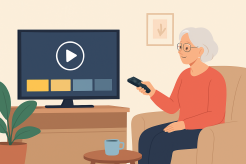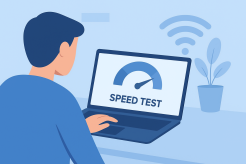Top Mobile Broadband Devices: Hotspots, USBs, and SIM-Based Routers

With more people working remotely, streaming on-the-go, and ditching traditional setups, mobile broadband is quickly becoming the go-to internet solution. But choosing the right mobile broadband device is just as crucial as picking the right provider.
Whether you're a digital nomad, remote worker, student, or just need a solid backup, this guide covers everything you need to know about top mobile broadband devices—including hotspots, USB sticks, and SIM-based routers.
What is Mobile Broadband?
Mobile broadband is wireless internet delivered through cellular networks. Unlike cable or fiber, it lets you connect to the internet anywhere there's a mobile signal.
If you're new to the concept, check out this detailed overview of mobile broadband technology to get familiar with the basics.
Why Mobile Broadband Is a Game-Changer
Mobile broadband offers a level of portability and flexibility traditional home internet can’t. It’s ideal for:
Travelers
Freelancers
Households in rural areas
Urban dwellers looking for fiber alternatives
Still not sure if it's for you? Here’s how to decide between mobile broadband and fiber for your home.
Mobile Hotspots: The Portable Powerhouses
Mobile hotspots are compact devices that let you share a cellular data connection with multiple devices. They’re often pocket-sized, battery-powered, and great for:
Road trips
Business travel
Temporary internet needs
Pros:
Portable
Supports multiple devices
Often has long battery life
Cons:
Data limits
Signal strength can vary by location
USB Internet Sticks: Internet On-The-Go
USB modems, or dongles, are small sticks that plug directly into your laptop or desktop to give you internet access using a SIM card.
Perfect for:
Solo users on-the-go
Students needing quick setup
Frequent flyers
Downsides? They usually support just one device and may lack the speed and range of routers.
SIM-Based Routers: The Home Solution
SIM-based routers are similar to traditional Wi-Fi routers but use a SIM card instead of a wired internet connection. These are ideal for households or small offices where fiber isn't available.
Why they're a solid choice:
Supports dozens of devices
Stable and fast connection
Great for rural or remote areas
Comparing Device Features
When picking a mobile broadband device, consider:
Speed: Does it support 4G or 5G?
Battery Life: Especially important for hotspots
Connections: How many devices can it handle?
Portability: Travel-sized vs. home-based
Cost: Upfront and ongoing fees
Top Mobile Broadband Providers Offering These Devices
Not all mobile broadband is created equal. Check out this guide to top mobile broadband providers to see which ones offer the best devices and coverage.
Best Customer Service for Mobile Broadband
A great device means nothing if the service is poor. According to customer satisfaction ratings, some mobile broadband providers go above and beyond with tech support, billing clarity, and troubleshooting.
Boosting Your Mobile Broadband Performance
Want faster speeds and fewer dropped connections? This article shares practical ways to boost your mobile broadband connection, including antenna add-ons, placement tips, and more.
Factors to Consider Before Buying
Before you choose a device, consider:
Data plans and caps
Device compatibility with your carrier
Locked vs. unlocked devices
Use case (is this for home, travel, or both?)
Device Setup and Ease of Use
Most devices are plug-and-play or have a quick setup app. SIM-based routers may require a bit more configuration, but most providers offer step-by-step guides or even remote support to help you get online fast.
Security Considerations
Public hotspots or unsecured mobile devices can be risky. Always:
Use strong passwords
Turn on WPA3 encryption (if available)
Avoid accessing sensitive info on open networks
Cost Comparison: Which Option Offers Best Value?
Hotspots: Medium upfront cost, decent value if used regularly
USB Sticks: Cheapest upfront, ideal for light users
SIM Routers: Higher upfront, best long-term option for home users
Balance initial costs with your monthly data needs to get the best bang for your buck.
Future of Mobile Broadband Devices
Expect more devices to support 5G, eSIM, and AI-driven optimizations. Integrated mesh systems and battery-powered routers are also becoming more popular—great news for tech-savvy users.
Conclusion
Whether you’re looking to stay connected while traveling, work remotely from a cabin, or simply cut ties with traditional ISPs, there’s a mobile broadband device for you.
With so many options—hotspots for portability, USBs for simplicity, and SIM-based routers for power—you can customize your internet setup to match your lifestyle.
Don’t forget to evaluate providers, check for customer service ratings, and use available tools to boost your connection. Mobile broadband is here to stay—and it’s only getting better.
Related Posts

Fri, Dec 12, 2025 3:17 AM
Internet BundlesHow to Get the Best Value From Your Internet Plan
Learn how to save money on your internet bill by optimizing your plan, upgrading smartly, and choosing the right speed and equipment for your home.

Thu, Dec 11, 2025 2:25 AM
Broadband DealsBest Broadband Service in the US: Guide to Fast, Reliable Internet
Discover the best broadband service in the US. Compare top providers like Google Fiber, AT&T, Verizon Fios, Xfinity, Spectrum, and more to find fast, reliable internet for your home or business.

Wed, Dec 10, 2025 1:16 AM
Internet BundlesSeniors’ Guide to the Best Streaming Bundles
Discover the best streaming bundles for seniors. Learn which streaming services, apps, and internet plans make entertainment easy and affordable.

Tue, Dec 9, 2025 2:32 AM
Internet BundlesIs Your ISP Throttling Your Internet? Here’s How to Tell
This explains the signs, testing methods, and solutions to prevent speed slowdowns and maintain consistent performance.

Mon, Dec 8, 2025 5:48 AM
Internet BundlesSmarter Ways to Get Internet Without a Phone Line or Cable TV
Learn the best ways to get internet without cable TV or a phone line. Explore DSL, fiber, satellite, and fixed wireless options with a simple, natural guide for today’s cord-cutting households.